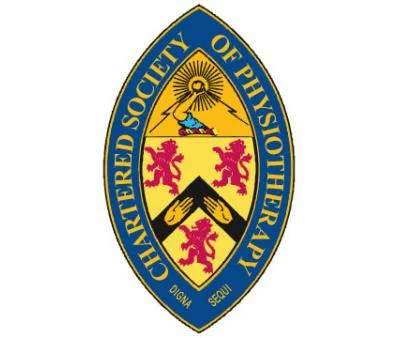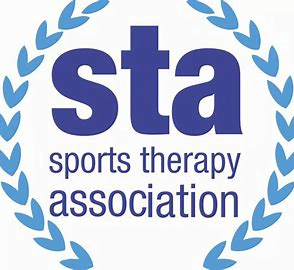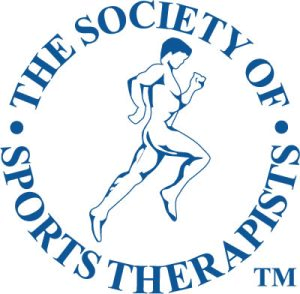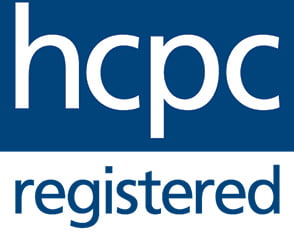Osteoarthritis can be divided into two types, primary and secondary.
Primary: is the degeneration without any apparent underlying cause
Secondary: is the consequence of either abnormal concentration of force across the joint as with traumatic causes or abnormal articular cartilage such as rheumatoid arthritis (autoimmune disease)
Common clinical symptoms include:
- Knee pain that is worse with activity
- Knee stiffness and swelling
- Pain after prolonged sitting or standing
- Crepitus (popping) or cracking sound that comes with pain when joint is moved#
Knee OA comes in stages: Mild, Moderate and severe
Mild OA
Over time the OA will affect, bone, cartilage and synovial fluid. Bone spurs (Osteophytes) may start to form as natural response of the loss of cartilage. In the mild stage of arthritis. An increase of exercise or a loss of weight could reduce painful symptoms.
Moderate OA
More changes can be seen within the joint capsule, cartilage is wearing thin and the joint space between the femur and tibia are getting closer. Hyaluronic acid which helps the synovial fluid lubricate the joint, is becoming less viscous and less concentrated. This is why a Hyaluronic acid injection under guided ultrasound is one of the treatment options for OA to help increase the lubrication of the joint capsule.
Severe OA
The joint space becomes narrower causing more friction between the tibia and femur. This causes pain and inflammation within the joint especially with the lack of synovial fluid. This is the point where mobility, activities of daily living and quality of life are impacted. At this stage the treatment of a partial or total knee replacement is considered.
Knee replacements
Knee replacements is an operation that removes damaged parts of the knee either done as a total knee replacement or partial. Your surgeon will be one to decide depending on the condition of you knee whether a total or partial knee replacement is needed.
Recently in the practice we have seen an increase in knee replacements, both half and total replacement that were in desperate need of rehabilitation to regain function of the knee. We currently have thre patients who are being treated by our Sports Therapist, Taya and Marcus. Our sports therapists use hands on treatment, mobilisations, massage and exercises to provide the correct care to help our patients regain function again.
Patients had come into the practice having had rehabilitation session slowed down or had reduced hands-on sessions, along with a lack of encouragement to take part in their rehabilitation programme to help regain range of motion back in the knee joint, muscular strength along with neuromuscular control for balance and coordination.
In the early stages of knee arthritis here are some prevention exercises or exercises that will help easy some of the symptoms:
Hamstring stretch as our hamstrings play a vital role in knee function it is important that we maintain their length and strength through stretching.
Single leg balance will help build up the tolerance for standing related tasks.
Swimming will help off loads the joints, this will be good for pain relief, whilst still getting the correct daily dose of exercise.
Body weight squat. This can be done with the aid of a chair in front, but the aim of this will strengthen the quadricep muscles whilst maintaining some functionality
Research
Carr, A. J., Robertsson, O., Graves, S., Price, A. J., Arden, N. K., Judge, A., & Beard, D. J. (2012). Knee replacement. The Lancet, 379(9823), 1331-1340. Knee_replacement20160229-30710-1a87yh0-libre.pdf (d1wqtxts1xzle7.cloudfront.net)
Sharma, L. (2021). Osteoarthritis of the knee. New England Journal of Medicine, 384(1), 51-59. Treatment of Knee Osteoarthritis (aafp.org)
Hsu, H., & Siwiec, R. M. (2018). Knee osteoarthritis. Knee Osteoarthritis - Abstract - Europe PMC









